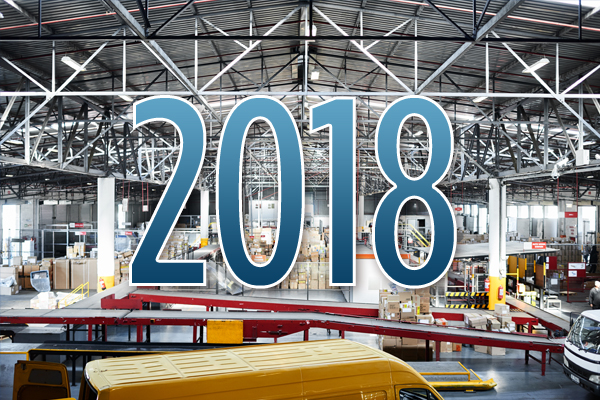It seems like the manufacturing industry is expanding faster than ever. Last year, we saw a lot of new Australian manufacturers emerge and improve their operations. And with such an impressive growth rate, it’s interesting to see what lies ahead for Australian manufacturing in 2018. Just like with any other industry, some new trends are expected to emerge this year. That said, let’s take a closer look at top 5 trends for Australian manufacturing in 2018.
Technology Gaining More Attention
According to recent reports, it’s expected that up to AU$84.8 billion will be spent on technology in 2018. Due to the Internet of Things and Cloud, we’re going to see a big portion of this money be invested in high-profile programming languages. This means more IT professionals will enter the manufacturing industry and the demand for talent in this field will rise. It’s also important to note that with more IT experts in Australia, manufacturers will start bringing their operations back to home soil. Manufacturers will, of course, keep looking for new pieces of technology that could be used in their operations.
3D Printing becoming the Next Big Thing
No matter what kind of work you do, you must’ve heard about 3D printing. Even though this practice is still in its infancy, it seems like we’re about to see quite a lot from it in Australia this year. Right now, 3D printers are only used for model making, but they’re constantly getting more use and it’s only the matter of time we’ll see them be used for creating manufacturing tools. In 2018, every manufacturer will need to think about starting to use these printers for creating replicas of their products. This will help them reduce both time and cost of creating new products.
Drones Getting More Use
Just like 3D printers, drones are constantly getting more use. This is also going to be the case in 2018 as many manufacturers will start including these into their operations. Their main use will be for monitoring manufacturing facilities. This can be pretty helpful for Australian companies with more than one manufacturing facility. The use of drones marks a big step in so-called “cobotics.” This is the concept of people working with the machines in order to make their operations faster, easier and more cost-effective. On top of this, it’s important to say that we might soon get to see drones be used for more than just monitoring manufacturing facilities.
Better Products
With all the money invested in manufacturing processes, it’s certain that we’re going to see more quality products enter the market. This is something both individuals and large companies will be able to benefit from. Construction companies will be able to invest in quality excavator rubber tracks while individuals will be able to get better devices like PCs. This is especially the case because manufacturers will use data to figure out what improvements can be made in their operations. Therefore, we can also expect to see more companies researching the market and reaching out to their current customers.
More Direct-to-Consumers Sales
Manufacturers are no longer just manufacturers. As the old-school models are starting to disappear, we’re about to see more manufacturers starting to work as retailers and services providers as well. This will lead to a big rise in direct-to-consumers sale all over Australia. Just take a closer look at companies such as Nike and Apple that have opened their own stores all over the world. This is something we expect many Australian manufacturers to start doing. As a result, we’ll see manufacturers start hiring more experts in merchandising and marketing. Direct-to-consumers sales can do wonders for them as they raise brand awareness and cut out all the middleman costs.
There you have it – 5 manufacturing trends all Australians need to keep an eye on in 2018. And with each of these trends gaining attention, Australian manufacturing is guaranteed to have another great year.
